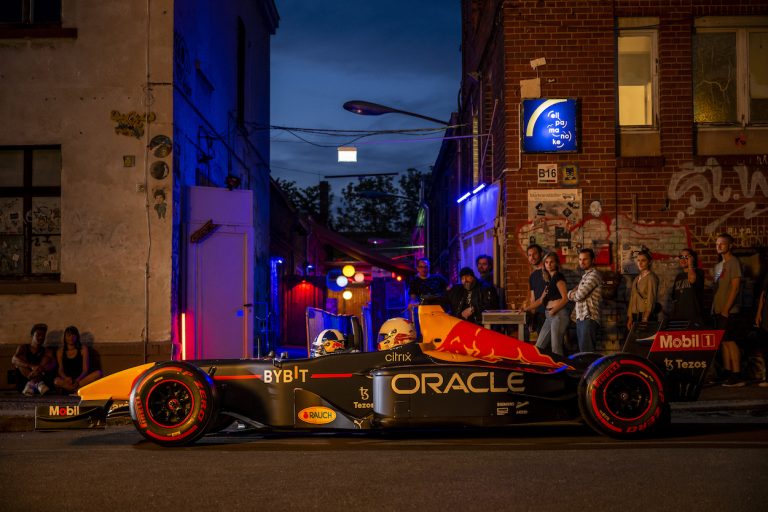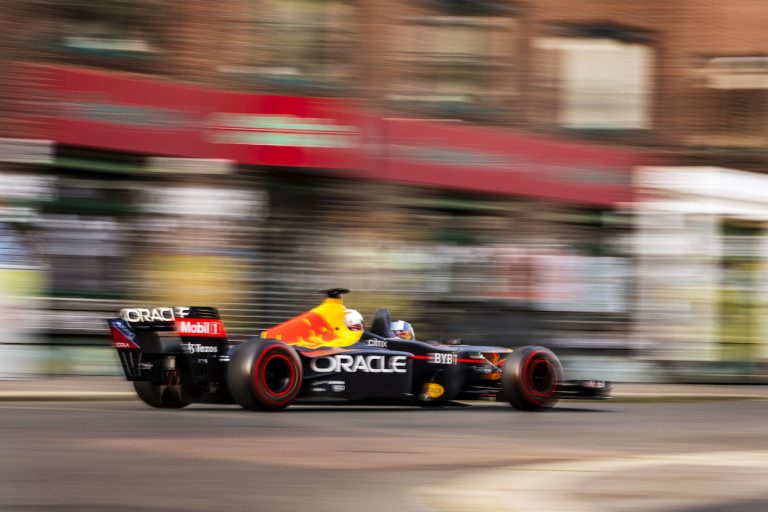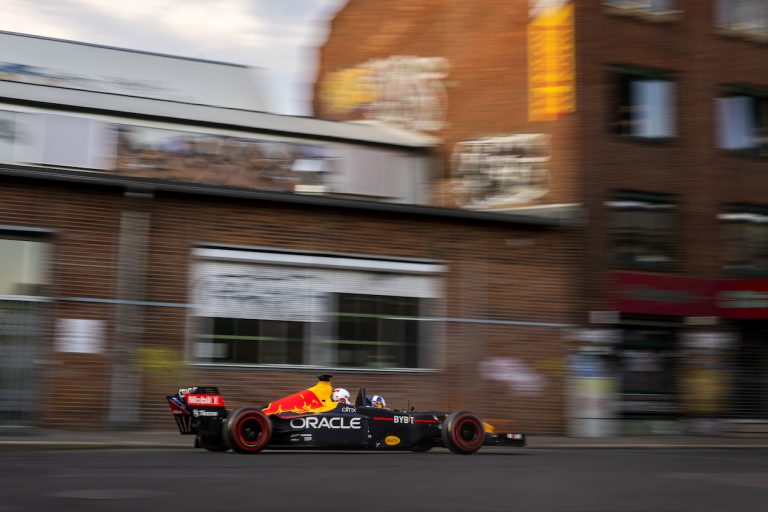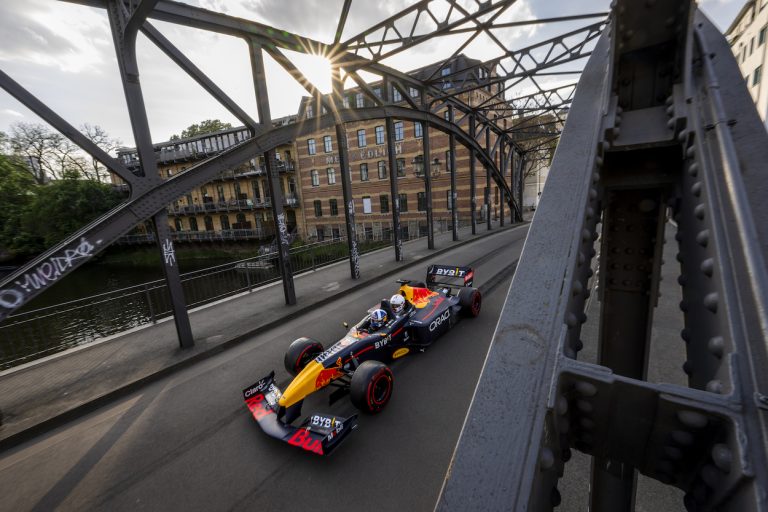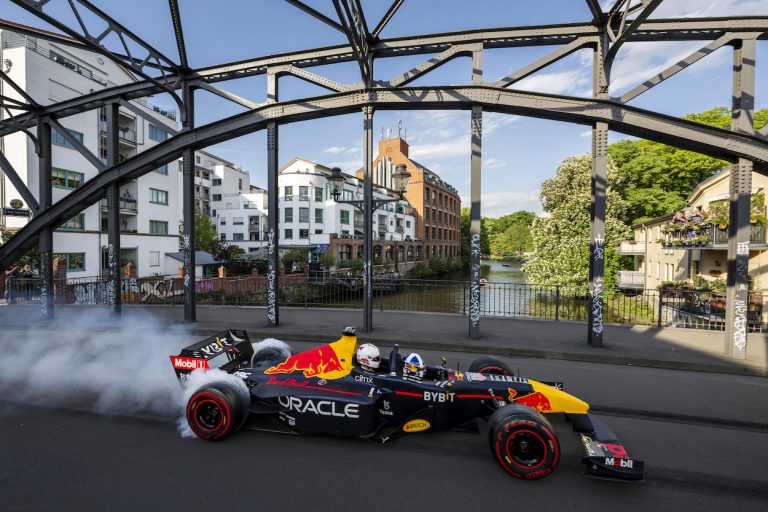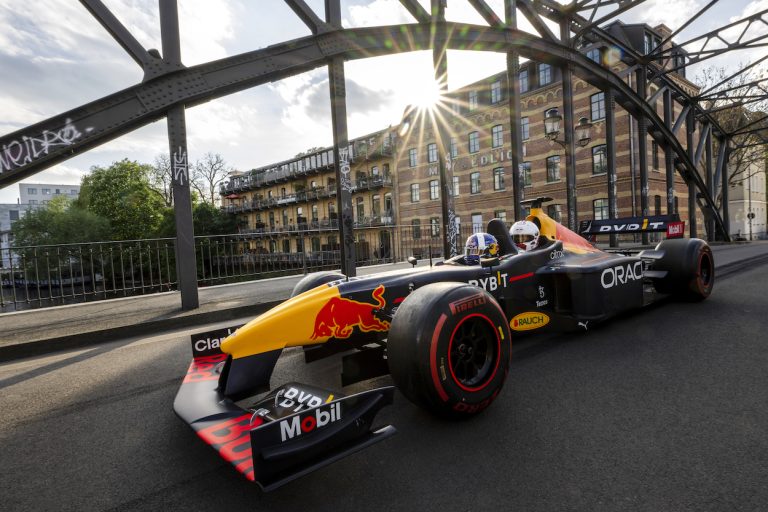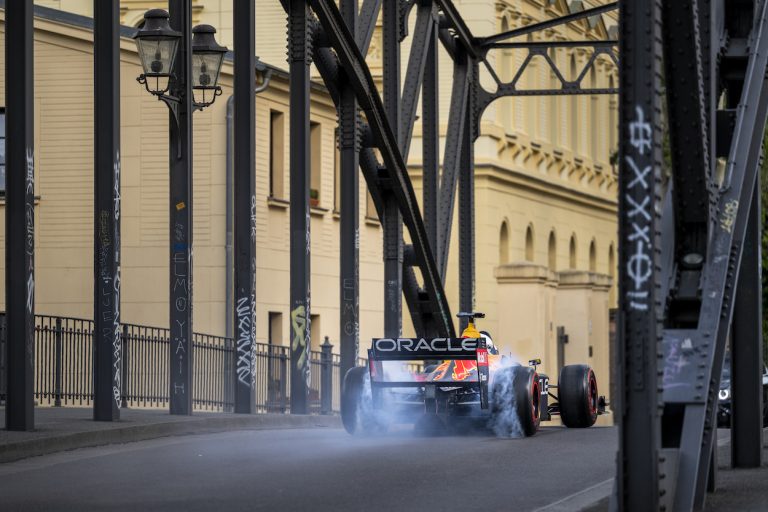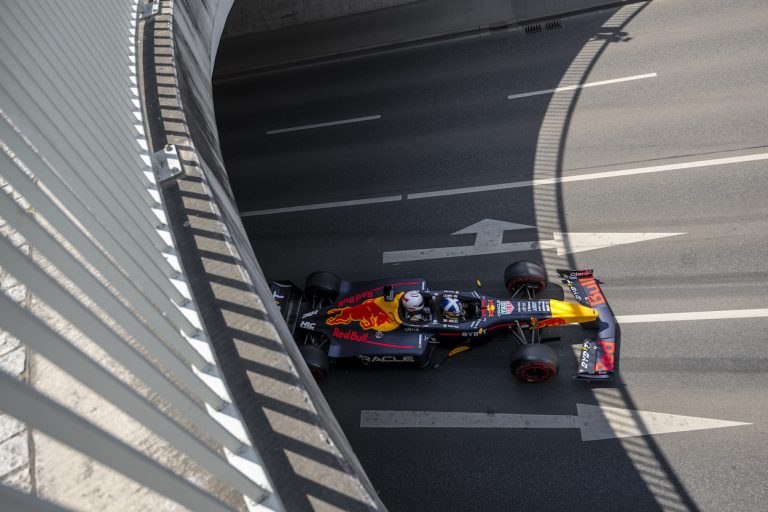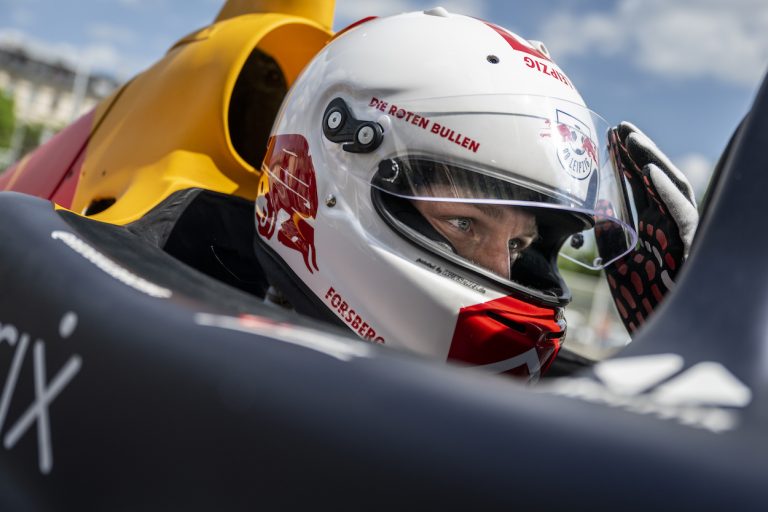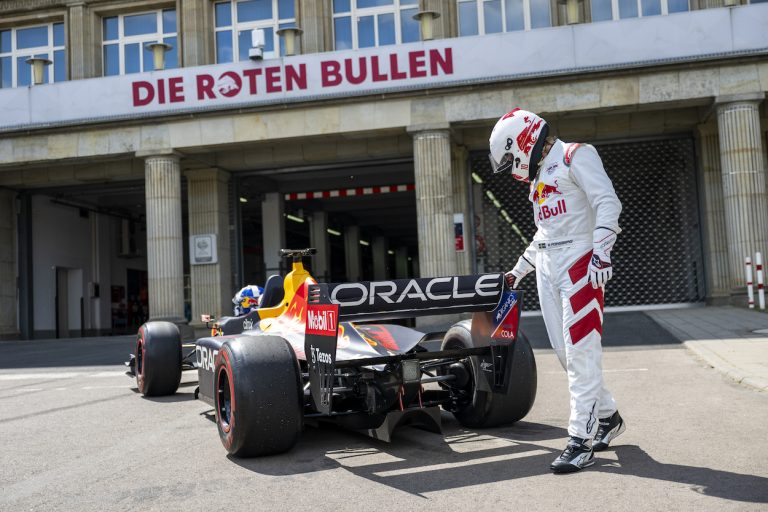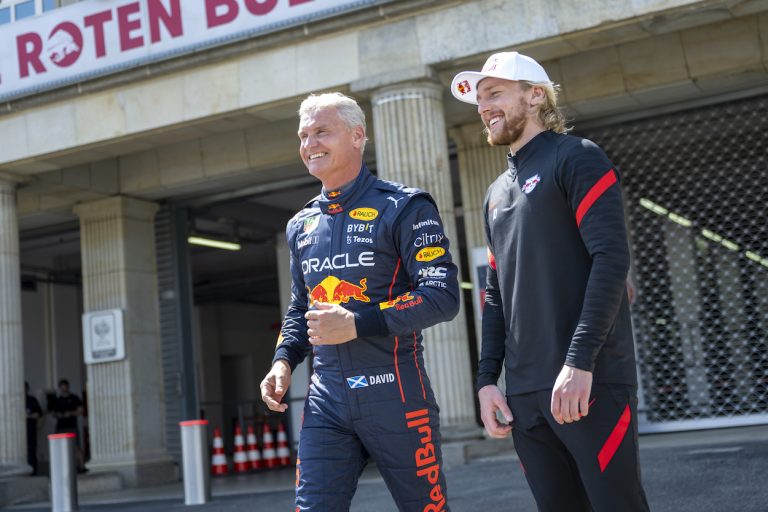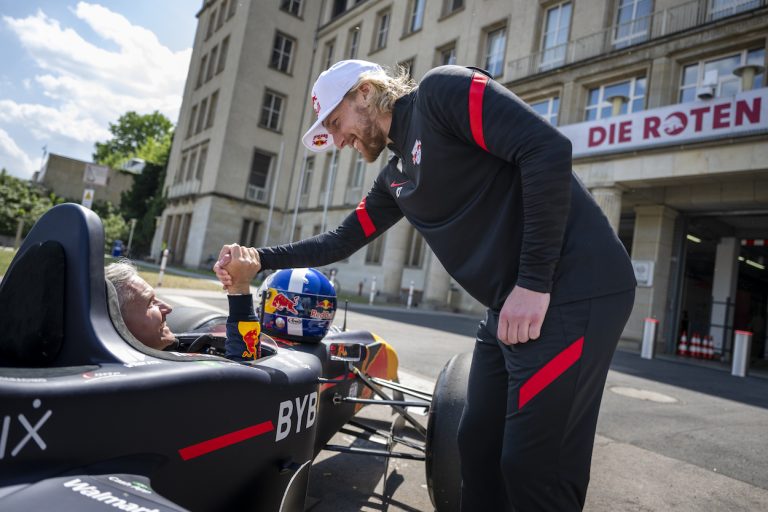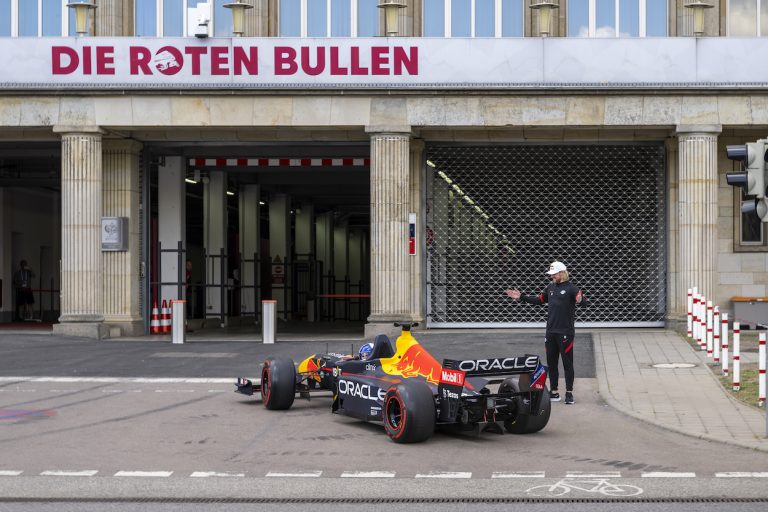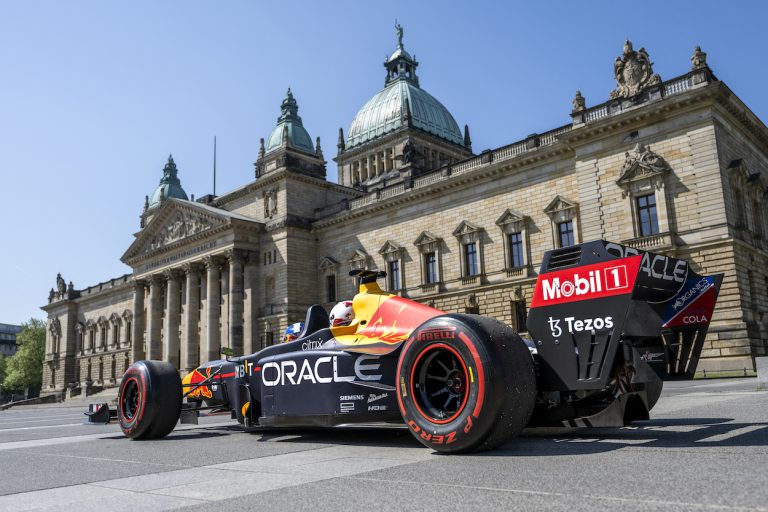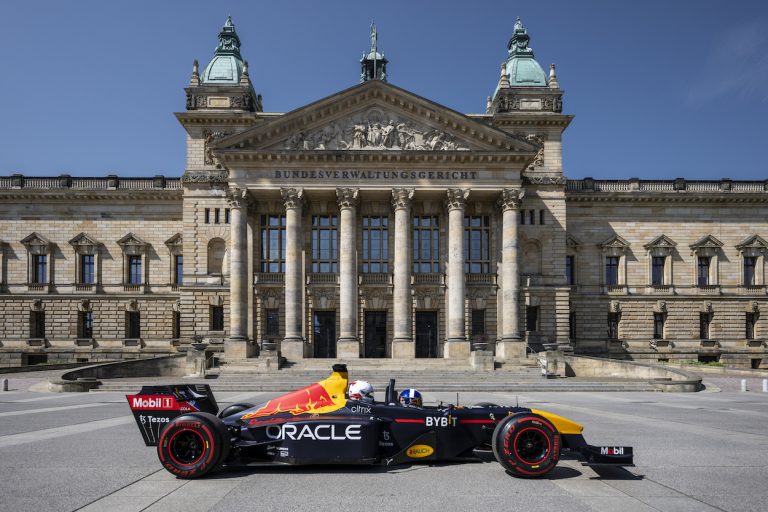Whether you’re new to the sport or a long-time fan, there’s no question that keeping the main categories of auto racing straight can be difficult. So what exactly is a stock car, and how is that different from a production car? To help you answer this and more, we’ve put together this quick rundown of the world’s most popular forms of racing.
Formula Racing
Formula racing is the most popular form of car racing right now. Formula One races like the Monaco Grand Prix, the Canadian Grand Prix, and the IndyCar Series are among the most prestigious racing events in the world.
The name “formula racing” comes from the regulations (or formulae) initially imposed on the sport by the FIA. Formula race cars are of the single-seat, open-wheeled variety; the wheels are outside the car’s main body.
Formula One events take place on both roads built for the purpose of the race and temporary street circuits. F1 cars can go up to 240 miles per hour, but twisty roads often keep speeds down to half that. IndyCar uses a combination of high-speed ovals, temporary street circuits, and road courses. On ovals such as the Indianapolis Motor Speedway, IndyCars average about 230 mph. Like F1, speeds are much lower on the street courses.
Stock Car Racing
The term “stock car” originated in Prohibition era-America, when moonshiners would soup up stock vehicles to maintain a normal appearance but with the ability to outrun authorities. It was inevitable that these cars would end up racing, giving birth to organizations like NASCAR. There is little about these cars today that is “stock,” and just imagine trying to find inexpensive car insurance for them, but stock car racing has grown to be a major force.


